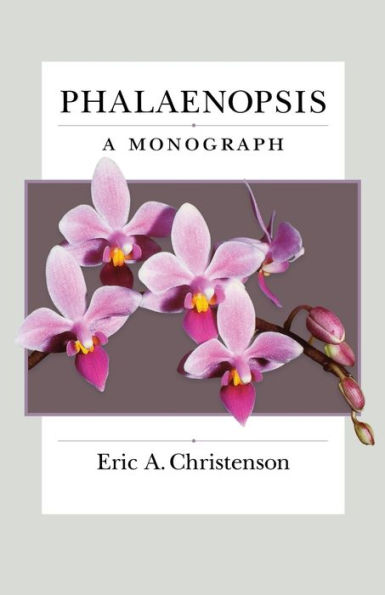Read an Excerpt
In nature, Phalaenopsis occurs mostly in three distinct habitats: seasonally dry areas, seasonally cool areas, and constantly moist or humid areas. The plants show adaptations to each of these. Phalaenopsis species that grow in monsoonal areas with a pronounced wet and dry cycle have adapted to the stress of the dry season in several ways. One method of adapatation is to become directly adapted to xerophytic conditions by increased succulence. This may be the approach taken by P. cornu-cervi and related species, which have much thicker leaves and roots than other species of similar vegetative size. Unsubstantiated reports claim that in at least part of its range P. cornu-cervi is semideciduous, dropping a portion of its leaves toward the end of the dry season as a final response to extreme dessication. Certainly a precedent for this survival strategy exists in related genera such as Aerides and Vanda. This may not be a direct adaptation to seasonal dryness, however, because P. pantherina, a sister species to P. cornu-cervi, is recorded from high in the forest canopy, where it is exposed to bright diffuse light unlike most of the other species in Borneo, which occur toward the base of trees under low-light conditions. This increased succulence may simply be a response to degree of exposure independent of seasonal dryness. The most extreme form of adaptation seem in Phalaenopsis species native to seasonally dry habitats is a deciduous habit. Leaves are the primary route by which water is transpired from a plant; as such, they are a significant liability during drought conditions, and their loss is a common adaptation to a seasonally severe water deficit. This adaptation is seen in several primarily Himalayan groups of Phalaenopsis, including subgenera Aphyllae, Parishianae, and Proboscidioides. Not surprisingly, this extreme adaptation is not seen in those members of the genus with centers of distribution outside of the Himalayan region, where the wet-dry cycle is less pronounced. While the species in these three subgenera may retain some leaves during the dry season, and usually do so under the mild conditions offered by horticulture, in most cases all their leaves are shed over the course of the dry season.



